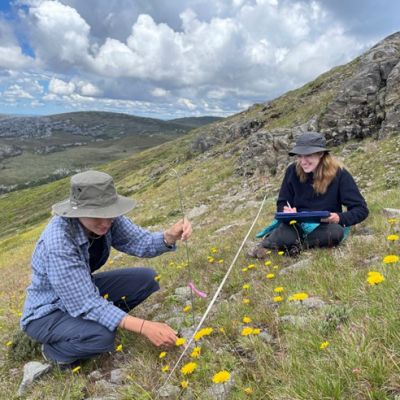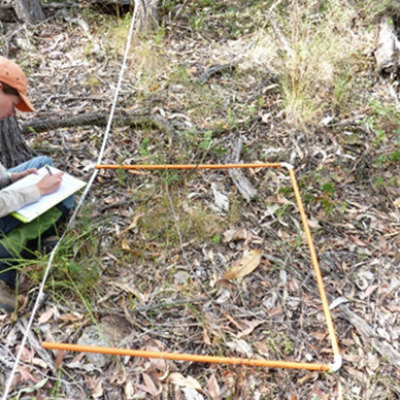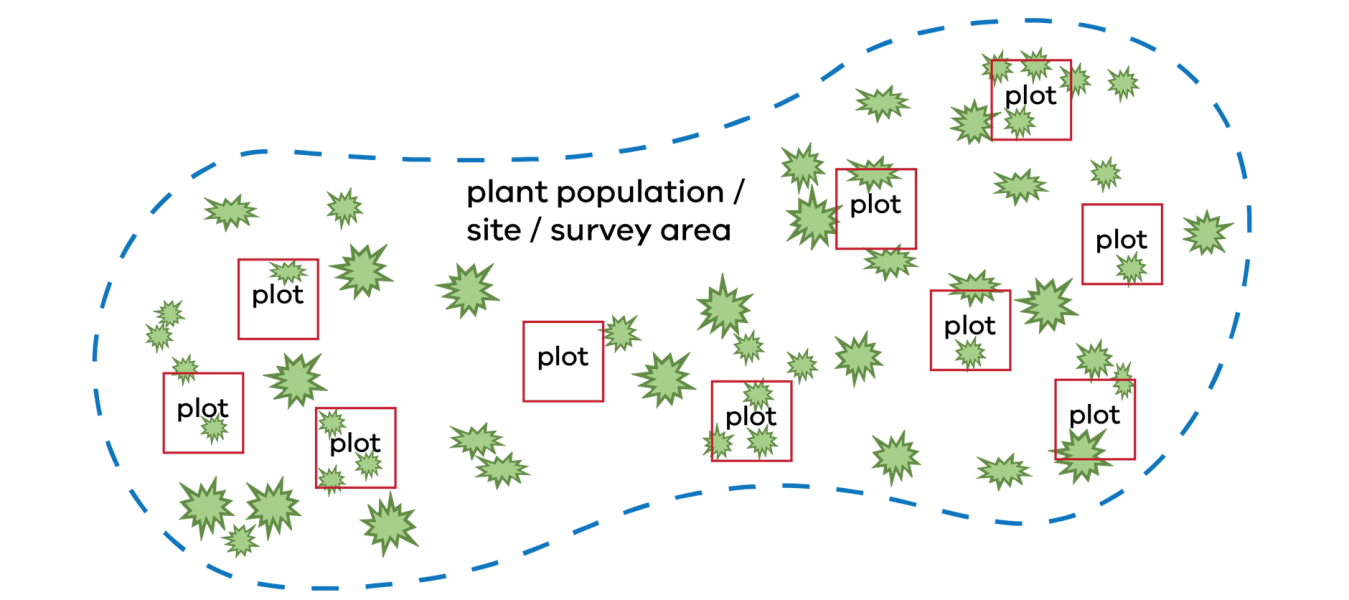In short
|
A standard guide for monitoring plants
Monitoring data provides crucial information to inform decisions about land management and biodiversity protection. Using consistent and repeatable methods ensures data can be compared over time and is easily shared between organisations, regions and projects.
The Plant Monitoring Manual (PDF, 3.5 MB) (accessible version (DOCX, 10.9 MB)) provides a standardised guide to designing plant monitoring programs. It has been designed to be accessible for everyone, from the skilled professional researcher to the interested citizen scientist. The manual has been written by ARI in collaboration with experts and practitioners from across Victoria. It ensures that your data can be pooled with other datasets to inform trends at a national or state-wide levels, including the Threatened Species Index and Victorian Biodiversity Atlas.

Guide to monitoring methods for plants
The Plant Monitoring Manual is your step-by-step guide to planning, doing and learning from your monitoring of plant populations. The Manual outlines four key steps for plant monitoring:
1. Gathering species information
Before you begin monitoring, you need to understand your target plant species.
The manual provides links to various sources of information on plant species’ distribution, abundance, habitat, life cycle and threats. This helps identify knowledge gaps and guide your choice of monitoring methods.
2. Choosing monitoring methods
Choosing the appropriate monitoring method for your project and plant species will be guided by the:
- aims of the monitoring
- size and number of populations
- life-form and life history characteristics of the species
- budget
- timeframe, and
- capabilities of the people doing the monitoring.
3. Collecting data
How to carry out each survey method is provided in this section. This includes measuring density, frequency and cover of plants.
Planning how to carry out each of the survey methods in the field is important:
- Who will be doing the monitoring?
- How will you access the sites?
- What permits do you need?
- What equipment do you need?
- Managing weed and disease risk.
4. Data management
Collating, storing and analysing data are essential in contributing to conservation outcomes for the target species. Communicating your results help maintain enthusiasm for ongoing monitoring, reveal new issues to investigate, support funding applications, and provide evidence for evaluating management actions.



For more information about the Plant Monitoring Manual, you can reach out to Annette Muir annette.muir@deeca.vic.gov.au
Page last updated: 24/03/25